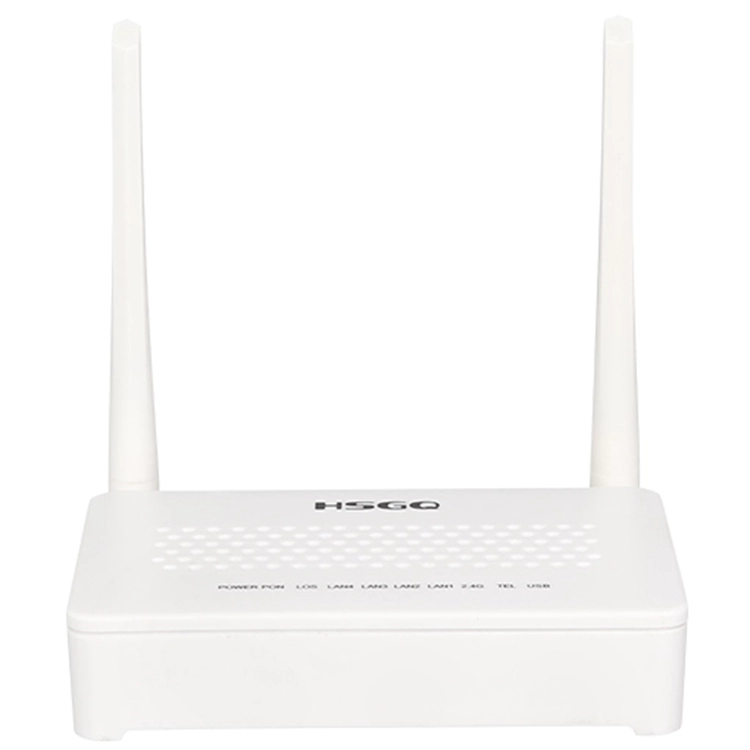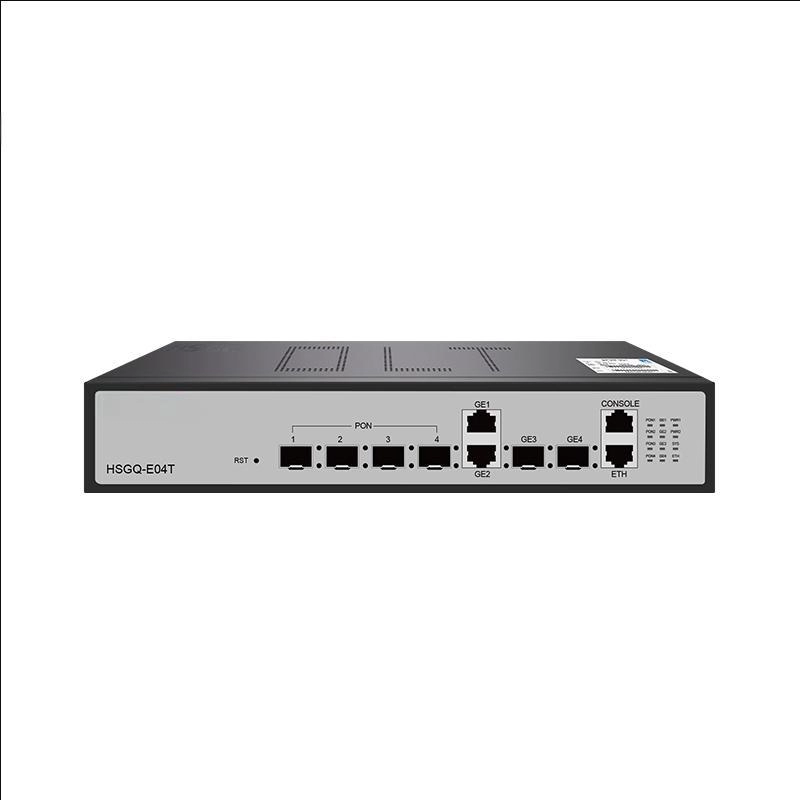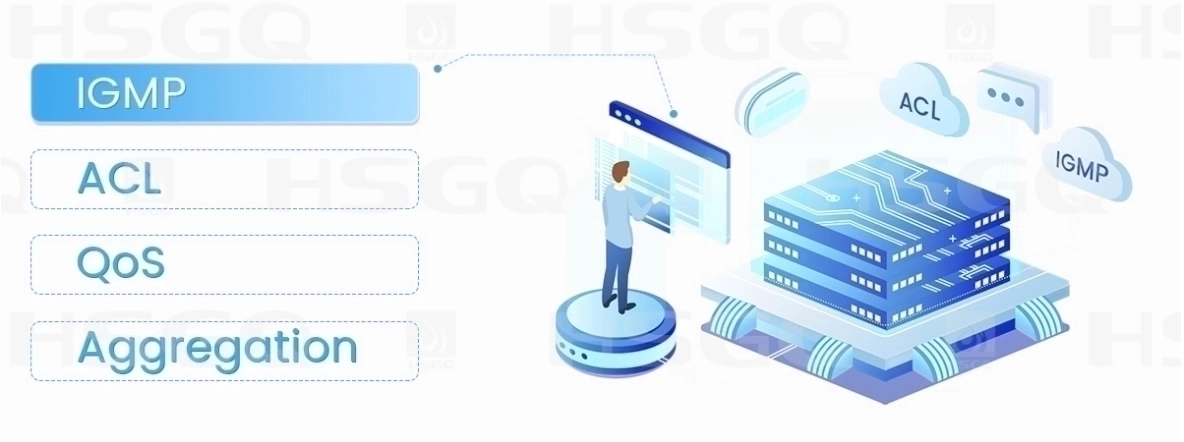
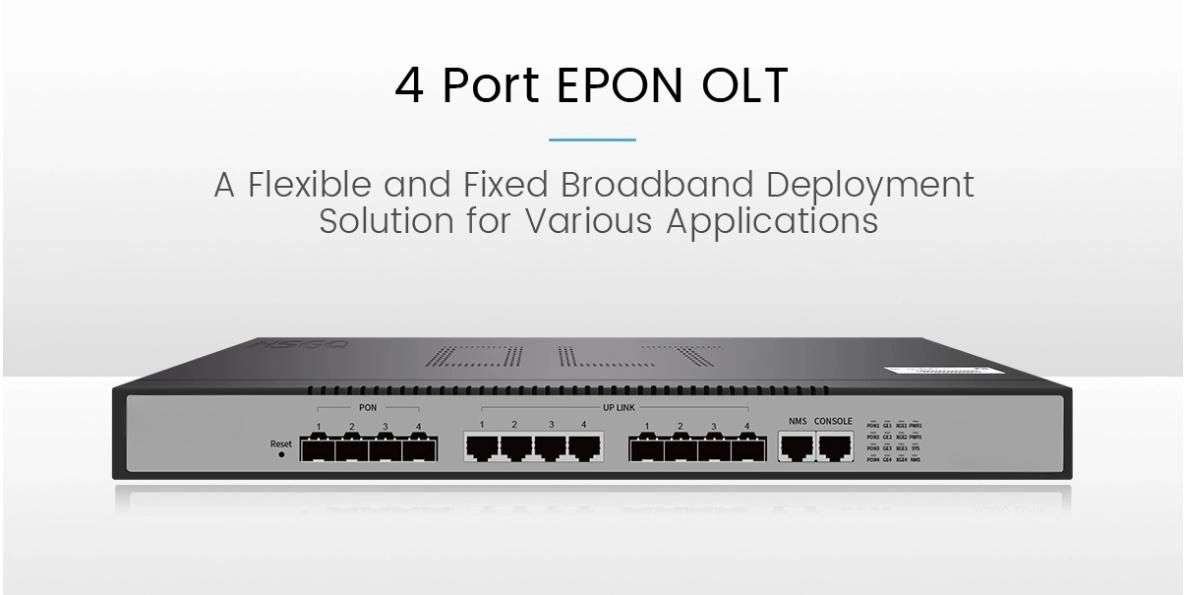
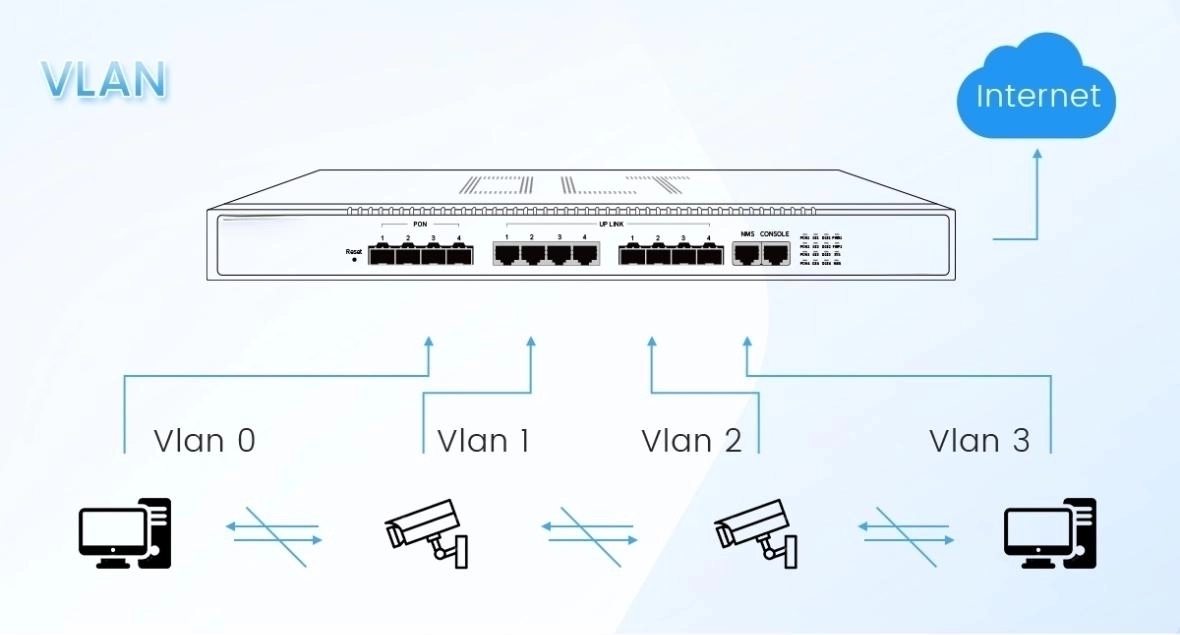
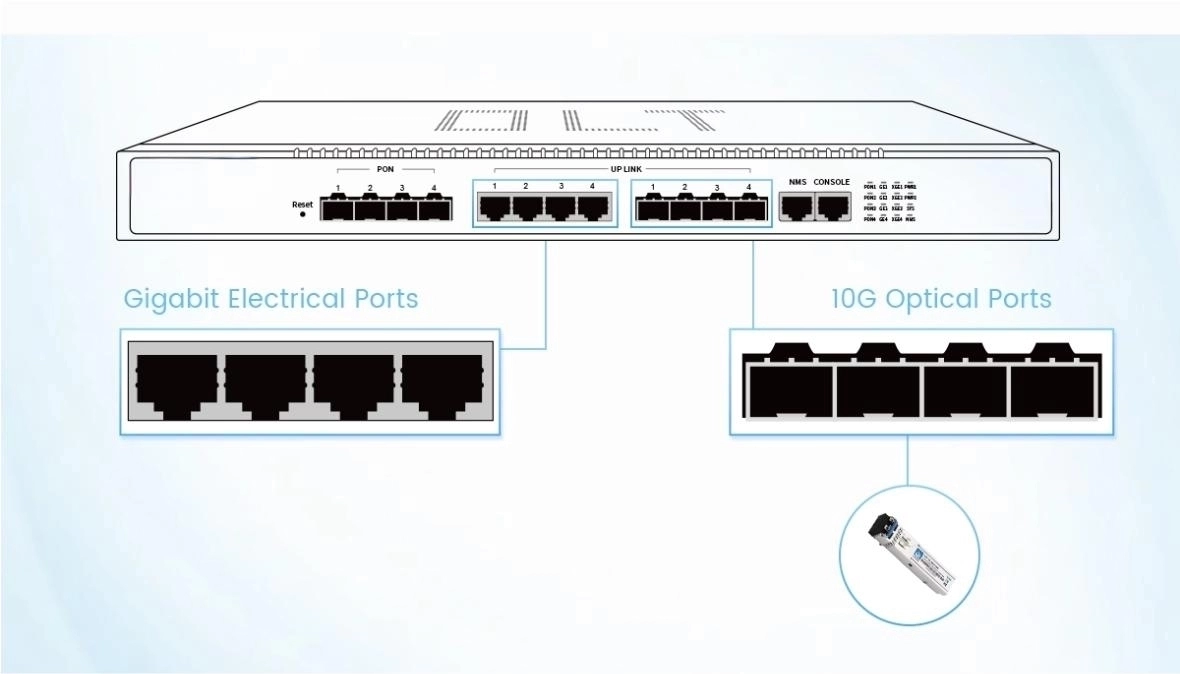
Technical Parameter
| Model | HSGQ-XE04R |
| GDR | 512M |
| FLASH | 32M |
| Size (L*W*H) | Product size: 442mm×260mm×44mm |
| Package size: 520mm×372mm×87mm |
| Weight |
|
| Uplink | QTY: 8 |
| Copper: 4*10/100/1000M auto-negotiable, RJ45 |
| SFP: 4*1G/10G SFP |
| PON | QTY: 4 |
| PhysicalInterface: 4*PON SFP slots |
| Optical module Type: 1000BASE-PX20+/PX20++/PX20+++ |
| Max splitting ratio 1:64 |
| Management Ports | CONSOLE port/NMS port |
| Power Input | AC: 100V~240V 47/63Hz |
| PON function | Support auto register |
| Blacklist and whitelist onu |
| DBA configure |
| P2P |
| ONU authorization |
| Temperature | -10℃~60℃ |
| Humidity | 5%~95% |
| Support standard | IEEE 802.3ah EPON |
| IEEE802.3(10Base-T) |
| IEEE802.3u(100Base-TX) |
| IEEE802.3z (1000BASE-X) |
| IEEE802.3ab (1000Base-T) |
| IEEE802.1Q(VLAN) |
| IEEEE802.1d (STP) |
| IEEEE802.1W(RSTP) |
| IEEE802.1p(COS) |
| IEEE802.3x (flow-control) |
| Layer 2/3 function | VLAN, QinQ, translation |
| Support at most 4094 VLAN; performance statistic |
| 16K MAC address; mac address management |
| Port mirror |
| Support RSTP |
| Support control |
| Support IGMP Snooping/proxy |
| Support 4K router hosts |
| Support 64 router subnets |
| Port isolation |
| ACL access control based on data stream |
| Qos based on port, VID, ToS and MAC address; |
| Encrytion of PON port transmitting data |
| Configuration and Management | CLI, WEB, SNMP/NMS |
| Software and bootrom Upgrade by TFTP and FTP |
| Chinese/English command prompt |
| Ping |
| Debug diagnosis |
| User management |
| Log management |
| Alarm management |
Key Function Highlights:
- Full wire-speed forwarding capability: supports full-port wire-speed data exchange to ensure efficient transmission with low latency
- Extensible network management: integrated configuration/monitoring/diagnosis integrated management platform, supports SNMP/Web/CLI multi-mode management
- Intelligent bandwidth management: Adopt dynamic bandwidth allocation (DBA) technology to achieve intelligent regulation of upstream and downstream traffic and support differentiated service strategies
- Enhanced QoS mechanism: supports IP ToS data field mapping, 802.1Q VLAN priority, and ACL access control lists to build a multi-level service quality assurance system
- Link aggregation technology: provides LACP port aggregation function, supports load balancing and redundant backup
- Automated operation and maintenance: with ONU plug and play function (automatic discovery/registration/configuration), support loopback test automatic diagnosis
- Advanced VLAN Features: Support for VLAN Stacking (QinQ), Port Trunk, and VLAN Translation for complex network layering
- Multicast optimization solution: Provide IGMP snooping multicast listening, support controllable multicast streaming
- Standard compliance: strictly follow IEEE802.3Ah international standards and China Telecom YD/T 1475-2006 technical specifications
- Optical path diagnosis: Built-in complete optical link early warning system, supports real-time optical power monitoring and fault location
- High reliability design: support dual power supply hot standby (standard single power supply), key module redundancy design
- Compact architecture: 1U rack structure design, low power consumption, green energy saving
- Flexible uplink solution: support electrical/optical port uplink at the same time, adapt to diverse networking needs
Large capacity access: single PON port supports 64 end point access, and the whole device can manage 256 ONUs in full configuration state
FAQS:
Q1: What is the maximum number of ONU connections supported by this device? How to achieve mass management?
A: 单PON口支持64个ONU接入,设备满配时通过多PON口级联,可实现256个ONU的统一管理,配合自动发现注册机制,简化大规模部署。
Q2: What are the main advantages of dual power supply design?
A: 双电源热备份方案可确保单点电源故障时无缝切换,配合冗余模块设计,使设备可靠性达到99.999%电信级标准,适用于核心网络节点。
Q3: How can DBA technology optimize network performance?
A: 动态带宽分配技术实时监测业务流量,按需分配带宽资源。例如视频业务可获得更高带宽保障,而普通数据业务则动态共享剩余带宽,提升整体链路利用率。
Q4: What scenarios does the VLAN Stacking (QinQ) function apply to?
A: 主要用于运营商级网络分层管理,通过双层VLAN标签实现用户业务与运营商网络的隔离。典型应用包括企业专线接入、IPTV业务隔离等场景。
Q5: What early warning mechanisms are included in the optical link diagnosis system?
A: 系统实时监测光功率、信噪比、误码率等关键参数,当检测到光衰超过阈值或光纤中断时,立即触发告警并通过SNMP Trap上报管理系统,支持预定义阈值自定义设置。
 English
English  Spanish
Spanish  Portuguese
Portuguese  Arabic
Arabic  Russian
Russian  简体中文
简体中文 


 Location:
Location: 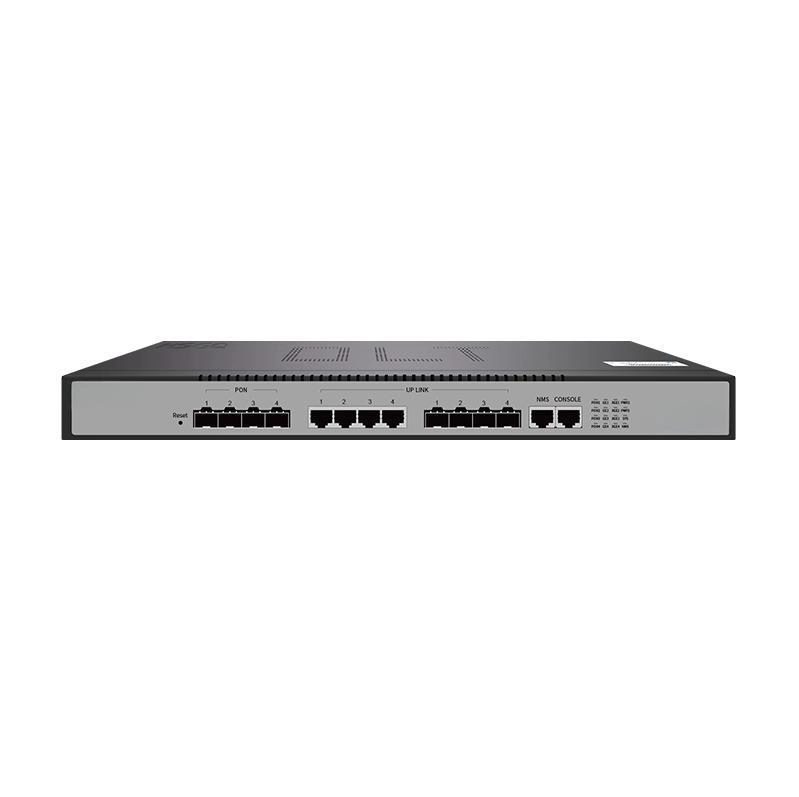
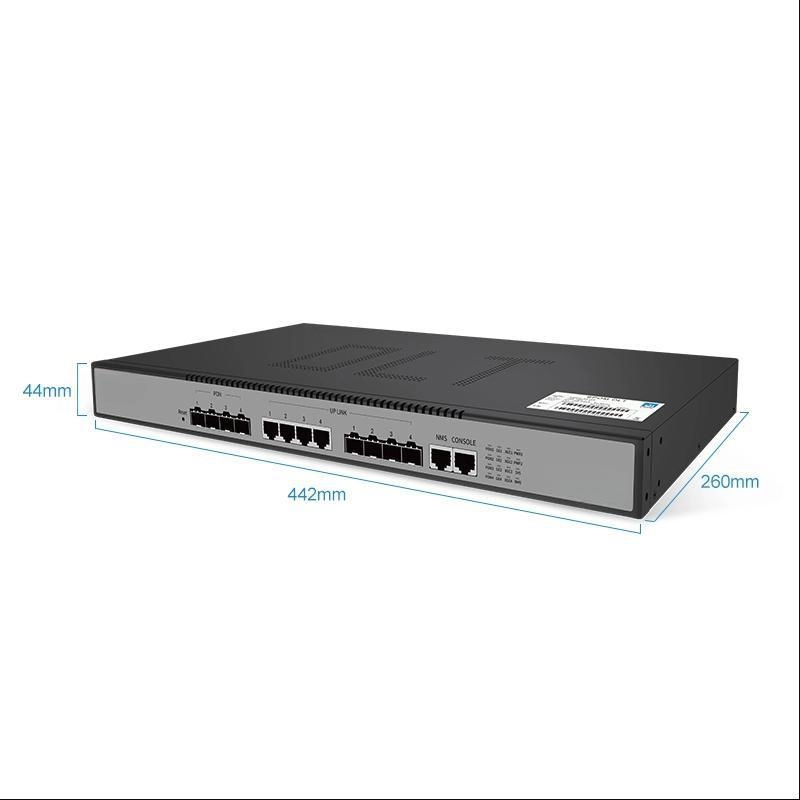
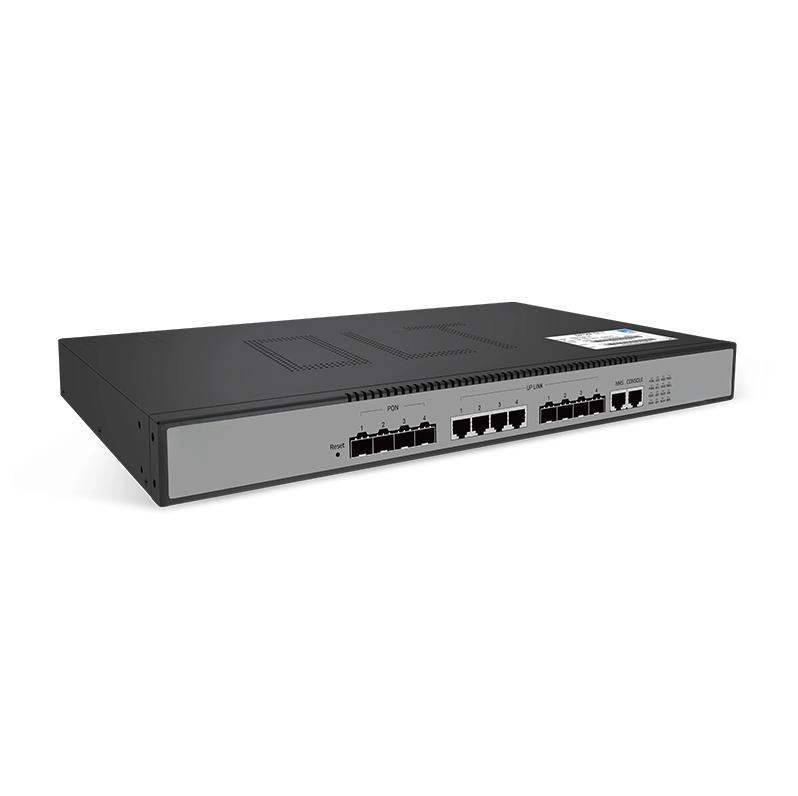
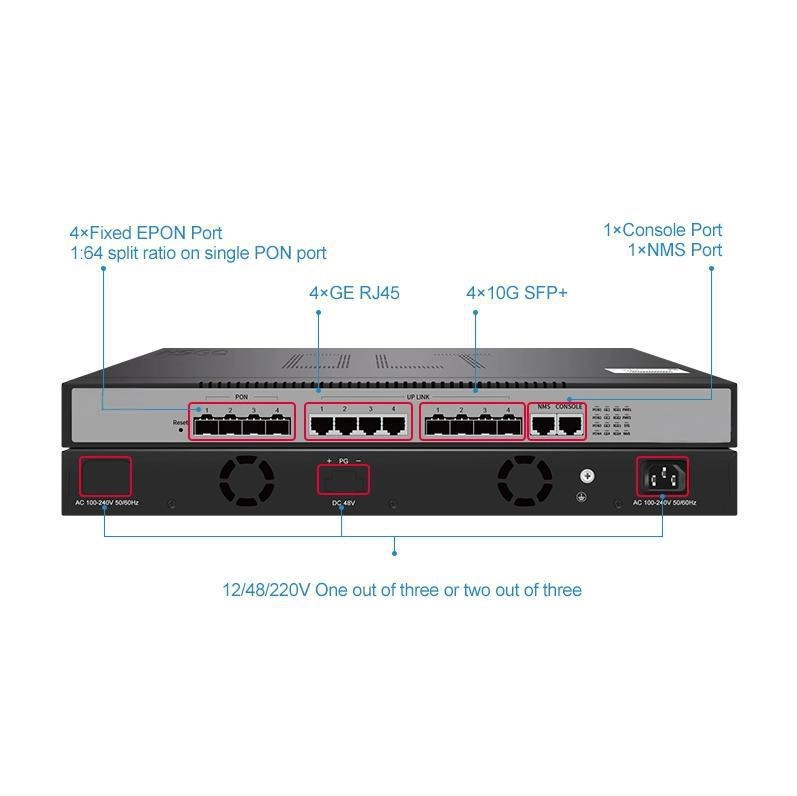
 Product Overview
Product Overview



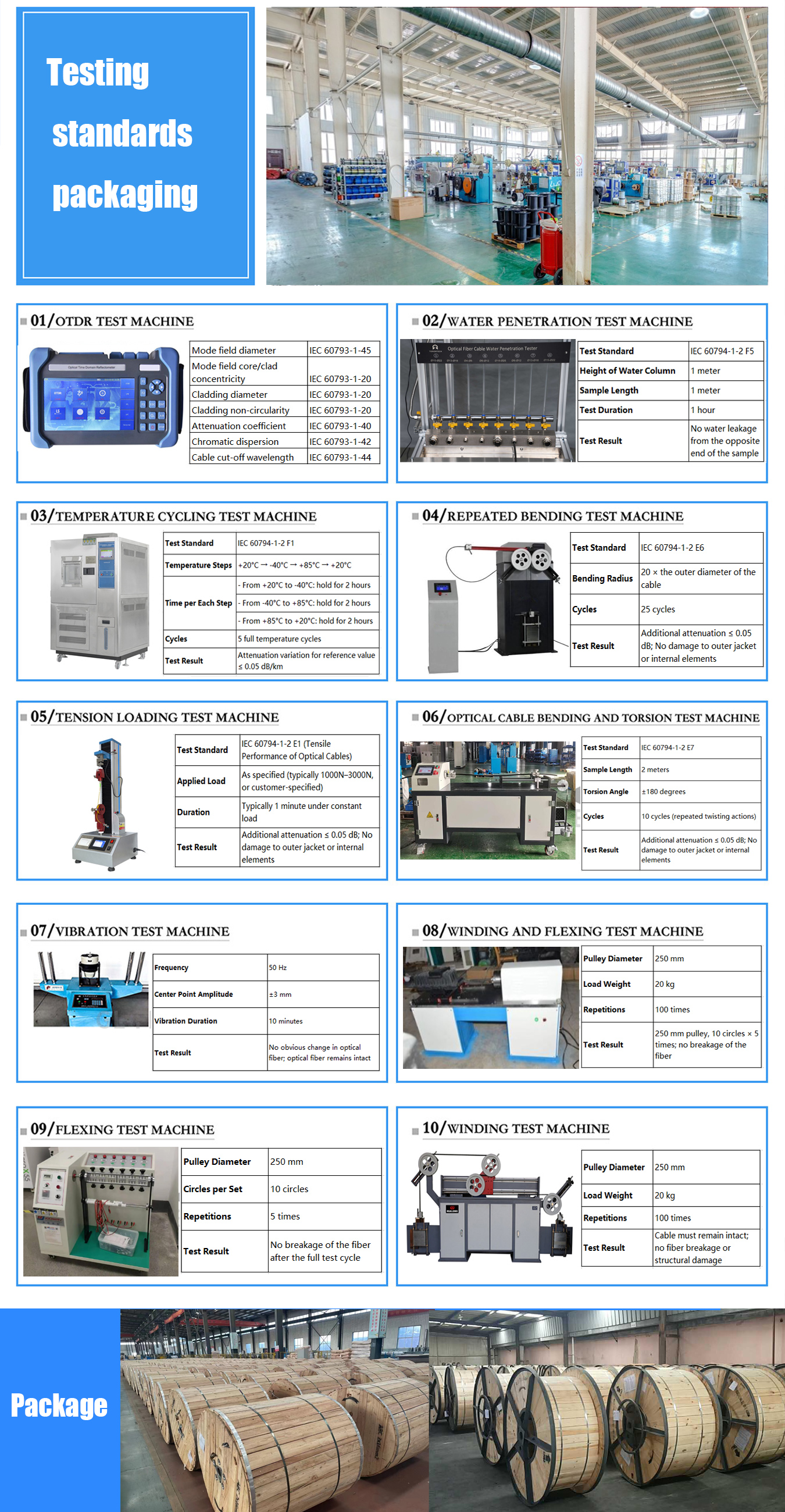
 Prev:
Prev: Return to List
Return to List

